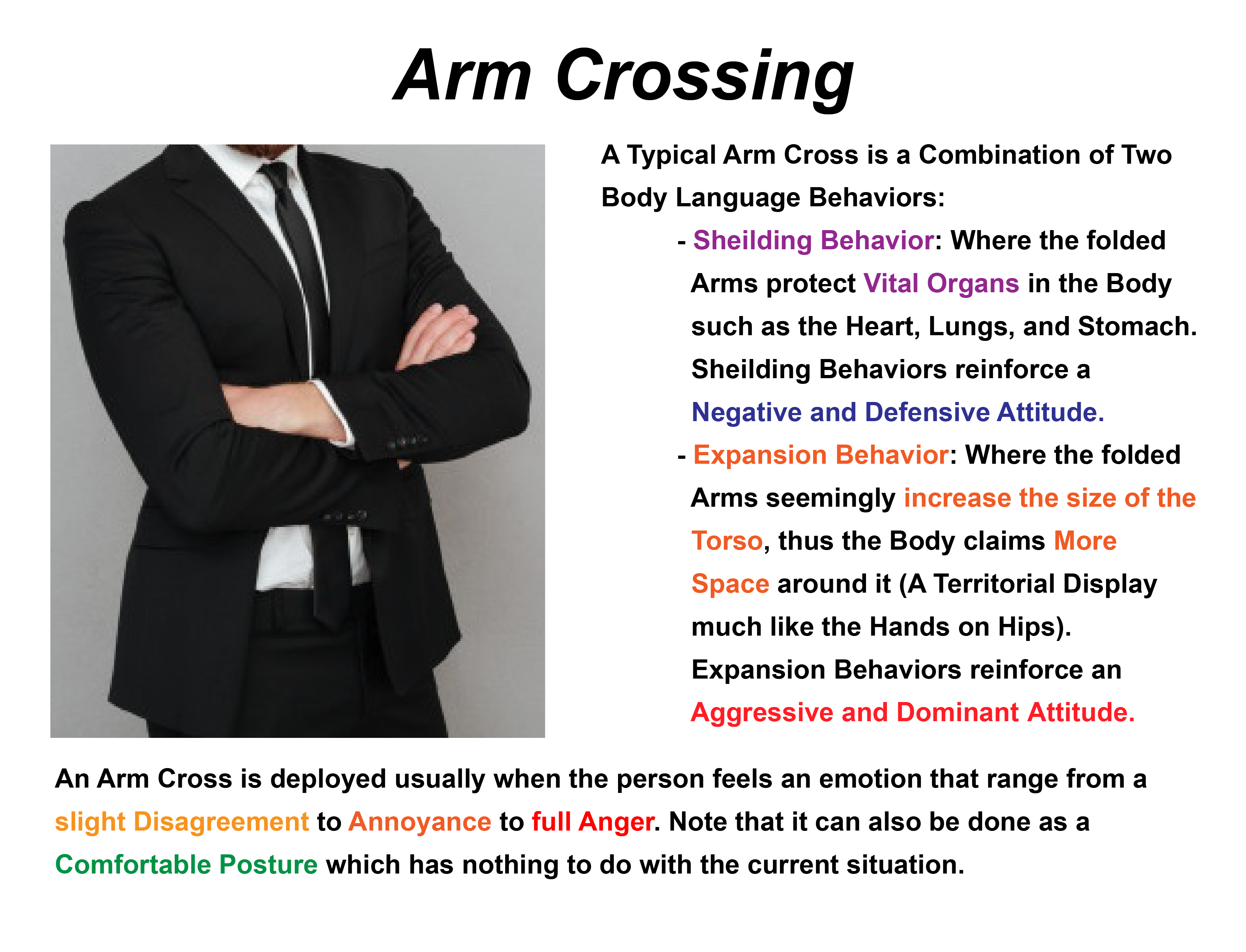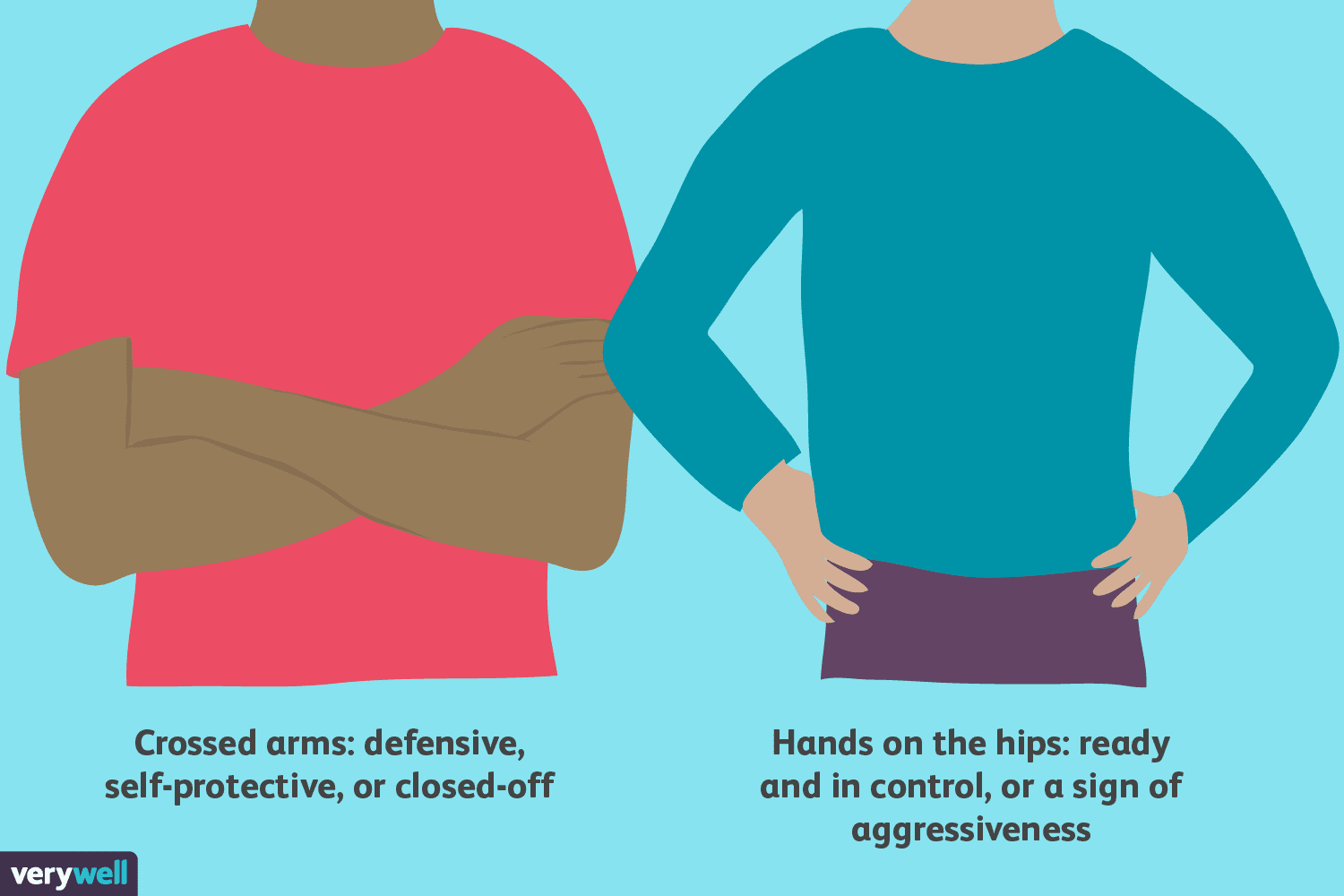You know, for the longest time, I had this almost automatic reaction whenever I saw someone with their arms crossed. My brain would just immediately flag it as ‘defensive’ or ‘disagreeable.’ I’d be in a conversation, or maybe giving a little presentation, and I’d spot someone with their arms folded, and I’d think, “Oh great, they’re not buying what I’m selling,” or “They’re totally closed off to this idea.” It was like a little alarm bell going off.

My Initial Observations and Assumptions
I carried this assumption around for years, pretty much taking it as gospel. It’s what you hear, right? Crossed arms mean ‘no entry.’ So, I’d often find myself trying harder with those people, or maybe even getting a bit defensive myself in response. It wasn’t a conscious thing, more like a subtle shift in my own approach. I’d spend energy trying to ‘win them over’ when, honestly, I was just guessing what their crossed arms meant.
Then, a while back, I started to actually pay more attention, to consciously observe, not just react. This kind of became a little personal experiment for me. I decided I’d try to notice not just the arms, but the whole context.
Digging Deeper: The Practice Begins
My first real ‘aha!’ moment came during a team meeting. We were brainstorming, and one colleague, let’s call him Dave, was sitting there with his arms tightly crossed. My old programming kicked in: “Dave’s not on board.” But then I actively stopped myself. I looked closer. Dave was leaning forward slightly, his brow was furrowed, but not in an angry way – more like he was really, really thinking hard. He wasn’t saying much, but when he did speak, it was a super insightful point that built on what others had said.
That’s when I started to adjust my thinking. My little internal checklist became:
- Okay, arms are crossed. Noted.
- Now, what else is happening? What’s their facial expression?
- Are they leaning in (engaged) or leaning back (distancing)?
- What’s the room temperature? Seriously!
- What’s the overall vibe of the situation?
I started practicing this actively. If I was chatting with someone one-on-one, and they crossed their arms, I wouldn’t immediately clam up or assume negativity. Instead, I’d make a mental note and keep the conversation flowing, watching for other cues.

More Observations and Nuances
What I found was, well, a mixed bag, but definitely not as clear-cut as I once believed. Sometimes, yeah, it did seem to align with someone being a bit resistant or uncomfortable. You could often see it paired with other signals, like avoiding eye contact or a particularly terse tone.
But so many other times, it was completely different!
I noticed people crossing their arms when:
- They were cold. This was a big one, especially in overly air-conditioned offices. It’s a simple physical comfort thing.
- They were concentrating. Like Dave, they were deeply in thought, and the arm-crossing seemed almost like a self-hug to help them focus.
- They were just comfortable. For some, it’s just a habitual resting position. No different from someone who always shoves their hands in their pockets.
- They were listening intently. Sometimes it seemed like a way to signal, “I’m all ears, I’m taking this in.”
I remember another instance, I was at a casual get-together, standing and talking in a group. One person I didn’t know well had their arms crossed. My old self would have been wary. But I watched, and they were smiling, nodding, asking questions, fully engaged in the banter. The arms were just… there. It didn’t seem to mean anything more than that’s how they were comfortable standing at that moment.
What I’ve Learned from This Simple Practice
So, this whole process of observing crossed arms has been pretty enlightening. It’s not about becoming a body language expert overnight. For me, it’s been more about learning to pause my instant judgments and look at the bigger picture. It’s about recognizing that human behavior is complex, and a single gesture rarely tells the whole story.

It’s made me a bit more patient, I think, and less quick to assume someone’s intent based on one isolated cue. It’s a good reminder that context is king. And sometimes, crossed arms just mean someone’s feeling a bit chilly or just found a comfy way to stand. It’s been a simple practice, but a surprisingly useful one in just, you know, understanding people a little better.










